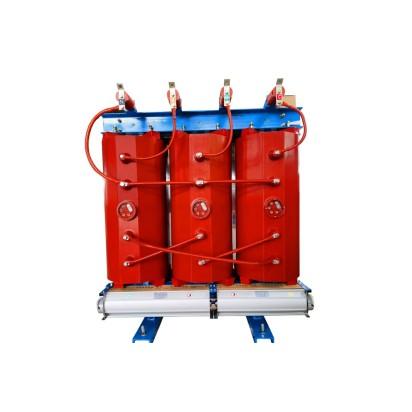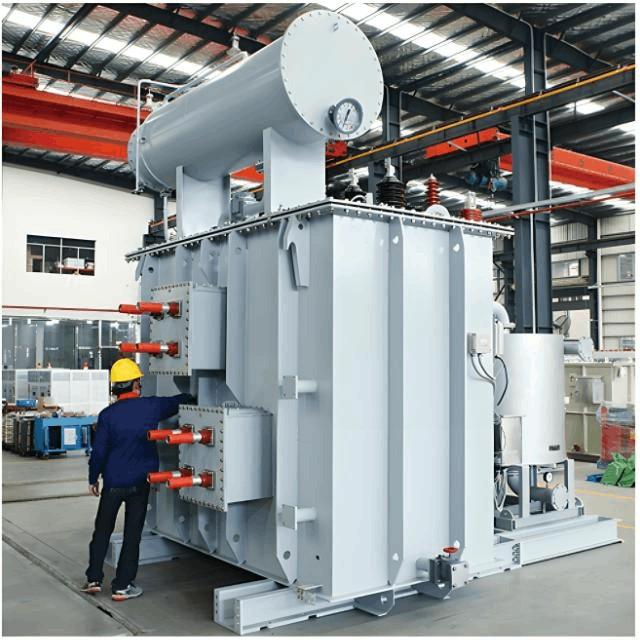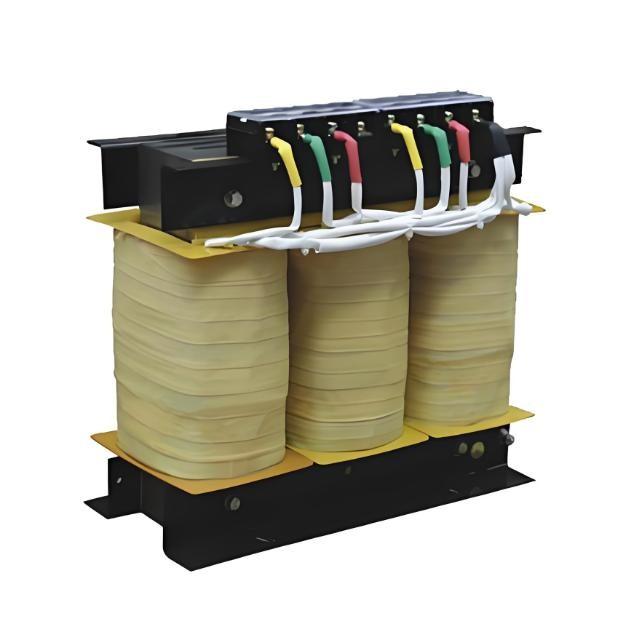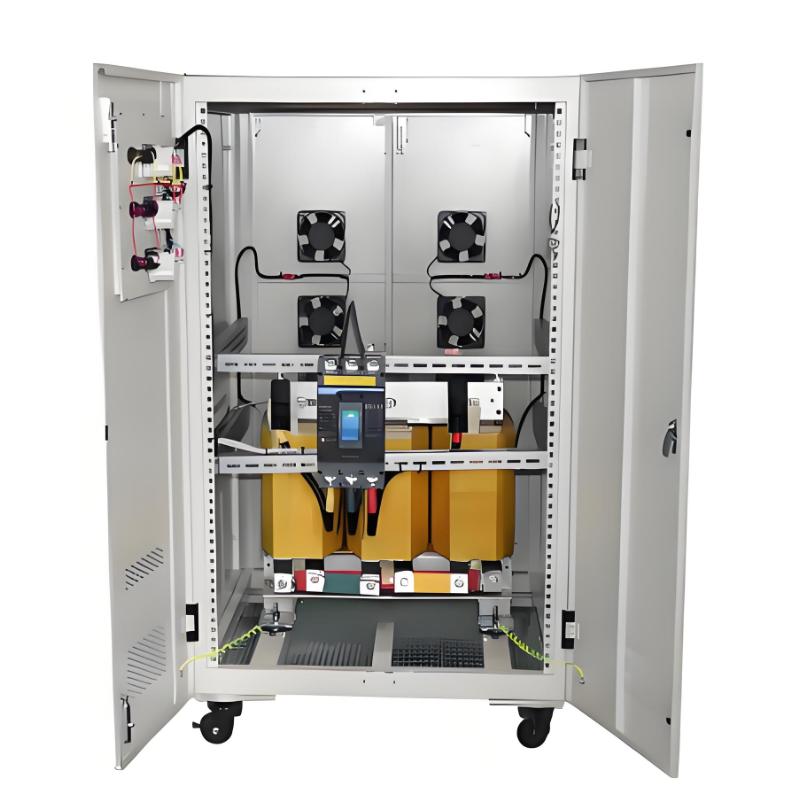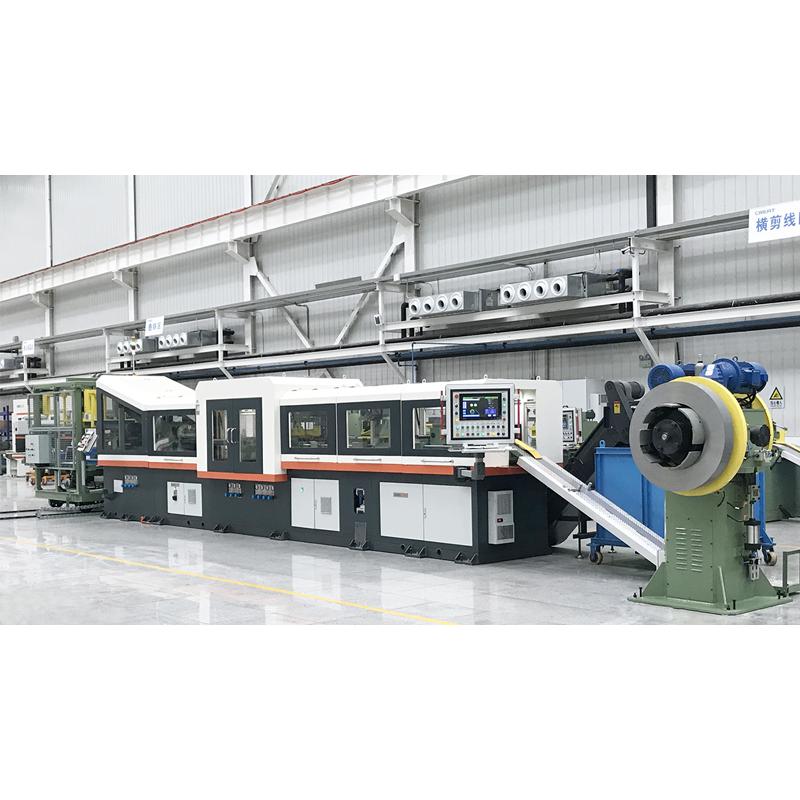Transformer Selection and Configuration Standards
1. Importance of Transformer Selection and Configuration
Transformers play a critical role in power systems. They adjust voltage levels to suit different requirements, enabling electricity generated at power plants to be efficiently transmitted and distributed. Improper transformer selection or configuration can lead to serious issues. For example, if the capacity is too small, the transformer may not support the connected load, causing voltage drops and affecting equipment performance—industrial machinery might slow down or even shut down. Conversely, selecting an oversized unit leads to resource waste and increased costs. Therefore, choosing the right transformer model and configuring it properly is essential for ensuring stable and efficient operation of the power system.
2. Key Parameters for Transformer Selection
(1) Capacity
Transformer capacity should be determined based on the actual load demand. First, calculate the total connected load by summing up the power ratings of all electrical equipment. Then, allow for future expansion. For instance, if a residential community currently has a total load of 500 kW, considering potential additions such as electric vehicle charging stations, a transformer with a slightly higher capacity—such as 630 kVA—should be selected. This ensures reliable operation during peak demand or when new loads are added, preventing overload-related failures.
(2) Voltage Level
The voltage level must match that of the overall power system. Common voltage levels include 10 kV, 35 kV, and 110 kV. For low-voltage applications such as household appliances or small industrial equipment, a 10 kV transformer is typically used to step down high voltage to usable levels. For large-scale industrial facilities or long-distance power transmission, higher voltages like 35 kV or above may be required. For example, a large mining operation with high-power equipment located far from substations might use a 35 kV transformer to minimize transmission losses.
(3) Phase Number
Transformers are available in single-phase and three-phase configurations. Single-phase units are typically used in small-capacity applications with lower reliability requirements, such as lighting circuits. Three-phase transformers are widely used in industrial plants, commercial buildings, and residential complexes due to their higher efficiency and more stable power delivery. For example, factories using three-phase motors and lighting benefit from three-phase transformers, which offer higher capacity and better adaptability across various load scales.
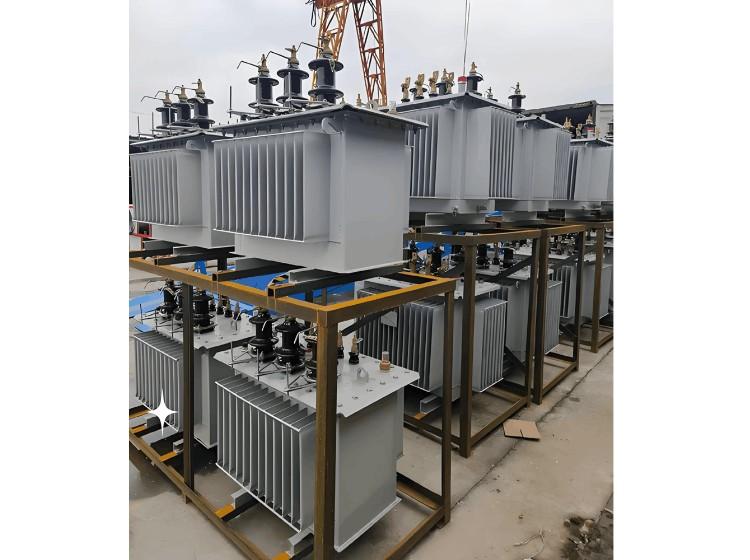
3. Environmental Factors in Transformer Configuration
(1) Temperature
Ambient temperature significantly affects transformer performance. High temperatures increase winding resistance, raising copper losses and accelerating insulation aging. In hot climates, transformers with superior cooling performance should be selected. For example, oil-immersed forced-air cooled transformers or dry-type transformers with forced ventilation are ideal for outdoor substations in tropical regions. These designs enhance heat dissipation through fans or improved airflow. In cold regions, although thermal stress is reduced, attention must be paid to increased oil viscosity, which can impair cooling. Appropriate cooling methods should still be adopted to ensure reliable operation.
(2) Humidity
High humidity degrades insulation performance. Moisture infiltration can reduce insulation resistance and increase leakage current risks—especially in dry-type transformers. In humid environments such as coastal areas or damp indoor spaces, moisture-resistant models are recommended. Dry-type units can use hydrophobic insulation materials or special varnishes to improve moisture resistance. Oil-filled transformers require tight sealing, regular oil level checks, and moisture monitoring to prevent performance degradation.
(3) Altitude
As altitude increases, air density decreases, reducing both cooling efficiency and dielectric strength. Generally, for every 100 meters above sea level, transformer output capacity should be derated by approximately 1%. At 2,000 meters altitude, for example, the rated capacity must be adjusted downward, or a high-altitude-specific transformer should be selected. Such units often feature enhanced insulation and optimized cooling structures to ensure safe and reliable operation under thin-air conditions.
4. Transformer Selection for Different Applications
(1) Residential Communities
Residential areas primarily serve household loads such as lighting, air conditioning, TVs, and refrigerators. Load distribution is typically scattered but peaks during evening hours. Three-phase distribution transformers are commonly used. Capacity is determined by the number and type of households:
Medium-rise apartments: ~400–600 kVA per 1,000 households
High-rise buildings: ~800–1,200 kVA per 1,000 households
For example, a community with 1,000 medium-rise and 1,000 high-rise units may require a ~1,000 kVA three-phase transformer. Due to noise sensitivity, dry-type transformers are preferred—they operate quietly and minimize disturbance to residents.
(2) Industrial Plants
Industrial facilities host diverse, high-power equipment such as motors, welders, and furnaces, with fluctuating loads. Small factories with modest power needs (e.g., a 200 kW mechanical workshop) can use 10 kV oil-immersed or dry-type transformers (e.g., 315 kVA). Large plants like steel or cement factories require massive power supplies, often necessitating 35 kV or higher systems with capacities reaching several MVA. For instance, a steel mill with tens of MW demand may need a 10 MVA+ 35 kV transformer. Given harsh industrial environments (dust, oil), transformers should have high IP ratings and robust cooling—oil-filled units with sealed tanks and extra radiators, or fully enclosed dry-types, are ideal choices.
(3) Commercial Buildings
Commercial buildings—including shopping malls, office towers, and hotels—have varied loads. Malls have extensive lighting, HVAC, elevators, and tenant equipment; offices mainly use computers and lighting; hotels add guest room and kitchen loads. Three-phase distribution transformers are standard. For a 10,000 m² mall requiring 800–1,200 kVA, a 1,000 kVA dry-type transformer is suitable. Given high occupancy and reliability demands, transformers must be dependable and easy to maintain. Dry-types are favored for their low maintenance, safety, and compact footprint, allowing indoor installation without excessive space usage.
5. Economic Analysis of Transformer Selection
(1) Equipment Procurement Cost
Transformer prices vary significantly by capacity, voltage class, and technology. Larger, higher-voltage, or advanced models cost more. A 100 kVA dry-type unit may cost tens of thousands of dollars, while a 10 MVA 110 kV oil-filled transformer could exceed hundreds of thousands. Over-specifying increases initial investment and wastes resources; under-sizing risks future upgrades and additional costs. Optimal selection balances performance and budget to achieve the best value.
(2) Operating Costs
Operating costs include energy consumption and maintenance. Energy loss varies by model—energy-efficient transformers consume less power. Though initially more expensive, they save on electricity over time. For example, a standard transformer consuming 100,000 kWh/year versus an efficient model using only 80,000 kWh/year saves 20,000 kWh annually. At
0.50/kWh,thisequals10,000 in annual savings. Maintenance costs differ too: dry-types require less upkeep, while oil-filled units need regular oil testing and topping-up, increasing labor and material expenses. Long-term operating costs should be factored into selection decisions.
(3) Lifecycle Cost
Lifecycle cost includes procurement, installation, operation, maintenance, and decommissioning expenses. A cheaper transformer with high losses and frequent maintenance may cost more over its lifetime than a pricier, efficient, low-maintenance model. Comprehensive lifecycle analysis helps identify the most cost-effective solution. For example, a slightly more expensive transformer with superior efficiency and reliability may yield significant savings over 20–30 years. Thus, economic evaluation should consider total ownership cost, not just upfront price.
Conclusion
Transformer selection and configuration is a complex yet vital process. It requires careful consideration of electrical parameters, environmental conditions, application scenarios, and economic factors. Only by choosing the right transformer and configuring it appropriately can we ensure stable power system operation, improve energy efficiency, reduce costs, and provide reliable electricity for homes and industries alike.












